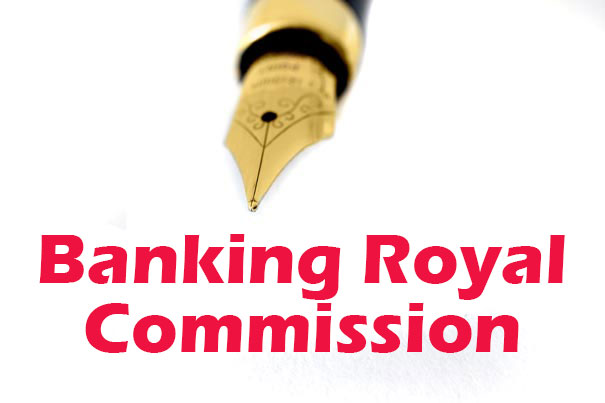The prospect of rating upgrades outnumbering downgrades this year and next is higher than at any time since the financial crisis, Fitch Ratings says in its latest global Credit Outlook report. But credit quality may start to weaken beyond this as ultra-supportive monetary policy is phased out and rising interest rates start to affect funding costs and asset quality.
“The rating outlook trend is the most upbeat in a decade, with positive outlooks outnumbering negatives. But the net bias is only just over 1% and occurs as the world is about to hit peak growth in the current cycle. The continued tightening of monetary policy, together with significant policy and political uncertainty, is likely to pose increasing challenges to ratings,” said Monica Insoll, Managing Director, in Fitch’s Credit Market Research team.
Global rating outlooks continue to improve. The average net outlook balance across all sectors globally turned positive for the first time since the financial crisis, at 1.1% as at 30 November 2017, up from -7.9% at the start of the year.
The trend is evident across sovereigns, corporates and financial institutions, with prospects brightening for developed and emerging markets alike. The outlook for structured finance has the most pronounced positive bias, at net 9%. Other sectors are largely experiencing rating stability, although there are pockets of rating pressure in some regions and certain subsectors.
The key drivers of the expected widespread improvement in credit quality are economic growth, still largely supportive monetary and fiscal policies, and more stable commodity prices. Fitch expects global growth to edge up to 3.3% in 2018, boosted by increased investment. However, beyond 2018 growth is likely to moderate, while monetary policy conditions will tighten.
The two main macro risks to ratings are the unwinding of quantitative easing and policy and political uncertainty, including from a heavy election cycle in emerging markets this year.
The QE unwind is likely to put pressure on sovereigns as government debt is high in many countries. Banks could be exposed to asset-quality problems following the long period of cheap credit, with high property prices in some countries at risk of deflating as the interest rate cycle turns. In the eurozone, banks will also need to rely more on market funding rather than the ECB.
In the corporate sector, emerging-markets issuer could be challenged by the reversal of capital flows but those in developed markets are likely to cope quite well. However, certain sub-sectors face rating pressure for idiosyncratic reasons, including traditional retail in the US and Europe, and utilities in the UK.
Geographic areas with negative rating outlook bias include the Middle East, Africa, China and Latin America, where several countries will hold elections this year and outcomes are uncertain.
The more positive outlook for rating activity in the short term should be seen against the backdrop of downward rating migration in several sectors in recent years. This trend has been most pronounced for sovereigns and financial institutions, with the share of ‘AAA’ to ‘A’ ratings in the latter hitting a low of 37% on 30 November 2017, having fallen steadily from 54% at end-2007.
Our six-monthly credit outlook report provides an overview of Fitch’s outlooks across all rated sectors and regions, identifying the main macro factors that will drive credit trends over the next 12-24 months. It focuses on outlook outliers – negative and positive – as the vast majority of ratings are typically stable. The data in today’s report is as of 30 November 2017.









